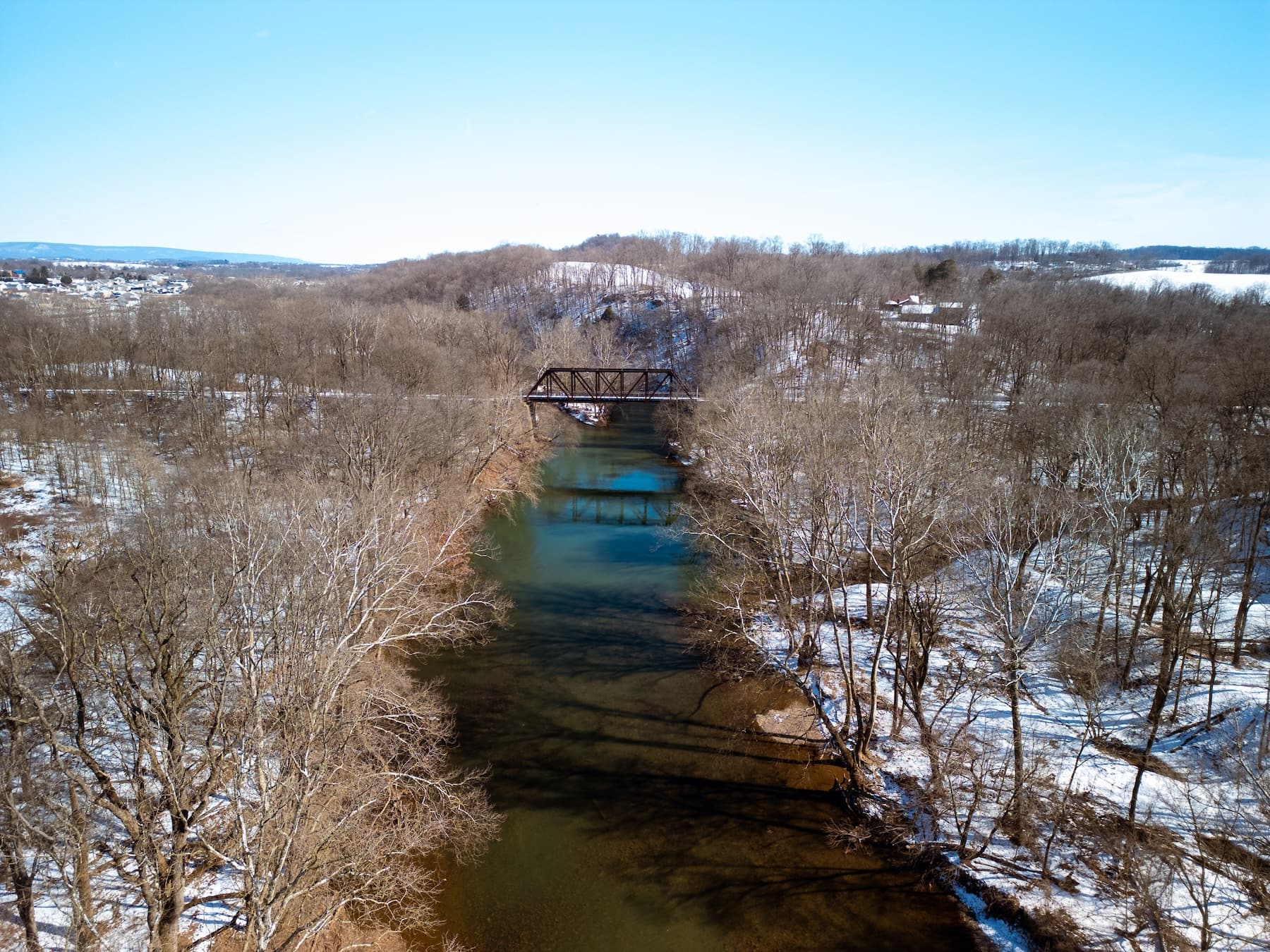Jeremy Brandt had been researching the 93rd Pennsylvania Volunteers, also known as the Lebanon Infantry, since childhood. Yet, he only discovered recently that he’s descended from a man who was wounded in combat with the famed local regiment during a key battle of the Civil War.
“I only found out about him about two years ago,” says 29-year-old Brandt, of Lebanon. “That was quite the shock. I was doing some genealogy research, and there it had been right under my nose the entire time.”
Jonathan Peifer – that’s one of “about 15 different spellings” of his name that Brandt has seen – was Brandt’s “third great-grandfather on my paternal side,” he says.
Peifer, a brick mason from Myerstown, was 19 years old when he enlisted for service in the 93rd. “He was in Company G,” also known as the Coleman Rifles, Brandt says.
He was wounded at the Battle of Chancellorsville, which was fought from April 30 to May 6, 1863, in Spotsylvania County, Virginia. It was a major victory for General Robert E. Lee and the Confederacy, although it was notable for the loss of Lee’s strong right arm, Lt. General Thomas “Stonewall” Jackson, who was hit by friendly fire and died several days later. Members of the 93rd would have called it the Battle of Salem Heights, Brandt says, because that’s where they faced the Confederates on May 3-4.
“It was a gunshot wound to the left hip,” Brandt says of his ancestor’s injury. “That was in May, and he didn’t come back to the regiment until the following March. He was laid up in the hospital for 10 months.”
Brandt learned a lot of Peifer’s history by researching his pension records. Although Peifer returned to active duty in 1864, he was transferred to the regiment’s quartermaster department, which is responsible for supplies.
“I take it to mean he was having trouble performing the duties of an infantryman, so he was given a job that wasn’t quite so physically demanding,” Brandt says. When Peifer’s service was up in Oct. 1864, he did not re-enlist – “probably because of his injury.”
“He was basically an invalid for the rest of his life,” he says. He returned to the Lebanon area, then moved for a time to Lock Haven, where he married, before returning later in life to Lebanon. He continued working as a brick mason, Brandt says, suffering further injury in the 1880s in a construction accident in Robesonia that killed one of his brothers.
“He died when he was 55,” he says. “And that was just one story out of millions of stories that could be told.”
Brandt says his interest in the 93rd was sparked years before he learned of his connection to the regiment.
“I’m going to say it was in third grade,” he says. “We read a book about Civil War drummer boys.”
It was “Flames Across the Susquehanna” by Glenn S. Banner, telling the story of the destruction of the bridge connecting Wrightsville and Columbia that prevented Confederate soldiers from marching east and redirected their route toward Gettysburg, he recalls.
“That sparked my interest about local history and the Civil War. It helped that I started playing the drums that summer. It all tied together,” he explains. “I’ve been studying the 93rd ever since.”
It only took about 20 years, he notes with a laugh, to discover his family connection to the regiment.
Questions about this story? Suggestions for a future LebTown article? Reach our newsroom using this contact form and we’ll do our best to get back to you.

Join our community of local news champions.
Cancel anytime.
Monthly
🌟 Annual
- Fewer ads
- Member newsletters
- Exclusive events
- All monthly benefits
- Most popular option
- Make a bigger impact
Already a member? Log in here to hide these messages
Quality local journalism takes time and resources. While LebTown is free to read, we rely on reader support to sustain our in-depth coverage of Lebanon County. Become a monthly or annual member to help us expand our reporting, or support our work with a one-time contribution. Cancel anytime.



































